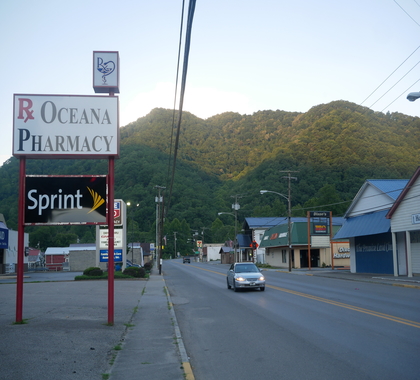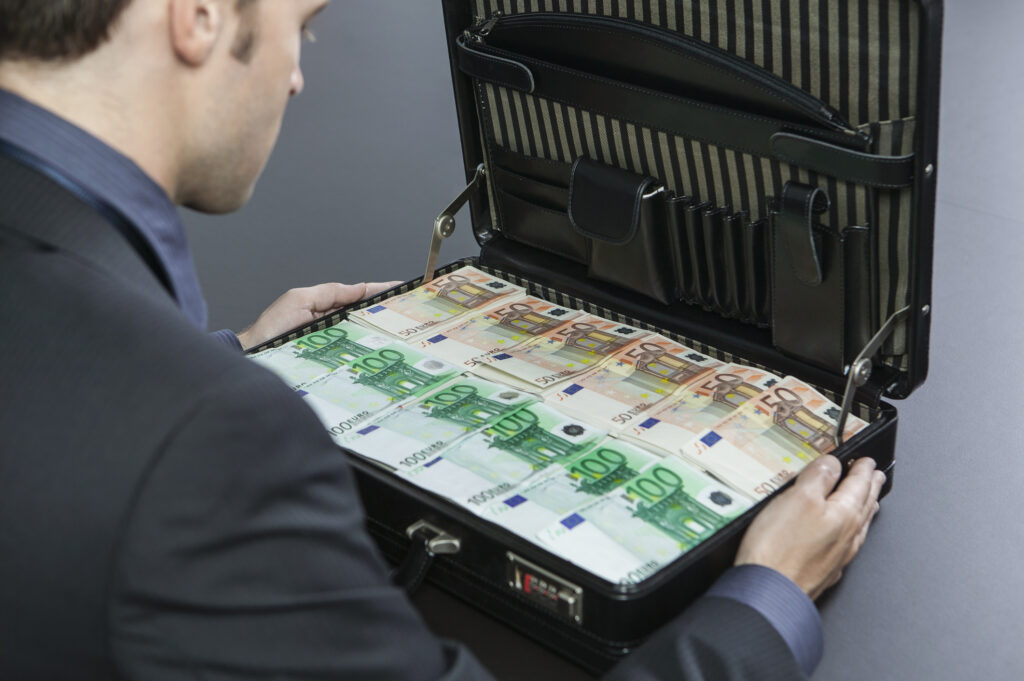Speed and red-light cameras are the bane of many motorists. A modern idea made possible by technology, they have been installed in at least 24 states. Although these cameras are a revenue boon for governments across the nation, their intrusion into daily life is disturbing, and their constitutionality is dubious.
Abridging Constitutional Rights
Among the constitutional issues raised by the use of these cameras is the potential violation of the Sixth Amendment. The Confrontation Clause grants criminal defendants the right to be confronted with the witnesses against them. Since the witness is a camera and not a person, such violations generally cannot be considered a criminal offense. The ticket is issued to the owner of the vehicle, not to the person driving it, leaving ambiguity regarding the identity of the offender.
Most citations for speed and red-light cameras result in civil fines, making enforcement and collection difficult. To date, governments have dealt with this problem by requiring payment of the fine before motorists can renew their driver’s license or auto registration. Although there generally are appeals procedures, they typically do not give drivers a day in court. In other words, what happened to being innocent until proven guilty?
Revenues Generate Corruption
The financial incentives of automated traffic-control cameras create conflicts of interest for local elected officials and camera companies to game the system in their favor. There are several for-profit companies that install and operate the cameras, some of them foreign-owned.
In a typical arrangement, a camera company will contract with a local government to pay the capital cost of installing the cameras in exchange for a share of the revenue generated by fines. In short, governments get a new revenue stream without any operating cost, and the camera companies make a tidy profit.
Government officials’ money hunger and the contractors’ involvement in traffic management can be corrupting. Redflex, an Australian ticket-camera provider, paid the city of Chicago $20 million to settle a lawsuit over bribery and mismanagement charges. Such incidents can undermine citizens’ faith in government and breed mistrust.
If ticket revenues fall to the point that red-light cameras are no longer profitable, they go away, says Jim Walker, executive director of the National Motorists Association Foundation, which argues against red-light cameras.
“In almost every case, if a camera program in a city starts to lose money, it gets canceled as soon as the contract allows,” said Walker.
Questionable Safety Benefits
The companies and government officials argue the cameras reduce the number of accidents and the increased government revenue benefits the local community.
Studies to confirm those claims have yielded mixed results. Studies paid for by the camera companies or governments usually show a reduction of accidents. Independent studies and those financed by opponents usually show no gains and sometimes worse results.
There was no reduction in total accidents or injuries at red-light camera intersections in Houston, Texas over a 12-year period, a 2017 study by researchers at Case Western Reserve University found. Though there were fewer side-impact accidents at camera-enforced intersections, motorists were more likely to hit the brakes hard, increasing rear-end collisions.
On the other hand, a study by the Insurance Institute for Highway Safety that looked at changes in traffic fatality rates in 14 cities that removed red-light cameras during the 2010-2014 period found rates of fatal red-light-running crashes were 30 percent higher than they would have been otherwise after the cameras were turned off.
There is more evidence that public safety improvements depend on the timing of yellow and red lights. Longer yellow and all-way red times—simultaneous red lights in all directions—have been shown to significantly reduce accidents. Some cities have lengthened their yellow lights by one second in response to drivers’ complaints, says Walker.
Public Opinion Divided
Unsurprisingly, these cameras are deeply unpopular with the public. Since 1991, there have been 42 voter referenda on adopting or prohibiting speed or red-light cameras or both. In all but two of these, voters have opposed the cameras by an average margin of 63 percent.
Polling on the issue can show different results. A recent Public Opinion Strategies poll of 800 likely voters nationwide found 69 percent of respondents either strongly or somewhat support red-light cameras, and 29 percent somewhat or strongly oppose. Forty-seven percent of those same respondents thought most of their neighbors opposed the cameras.
A possible explanation is that most respondents to national polls do not live in localities with red-light cameras. Less than half the states allow them, and not all jurisdictions in those states have them. As a result, many have never experienced them. Familiarity breeds contempt.
We are brought up to respect the legal system that was handed down to us through English common law. We expect the laws to be just and fairly applied. We expect to have recourse to the courts. Most importantly, we always expect to be treated equally before the law. Speed and red-light cameras are contrary to those expectations.
This policy is not good for civil society, especially at a time when distrust in government is high.
Joe Barnett ([email protected]) is managing editor of Budget & Tax News. An earlier version of this article appeared in The Hill. Reprinted with permission.
Internet Info:
Juliana Knot, “Congress Considers De Facto Nationwide Red-Light Camera Ban,” Budget & Tax News, August 18, 2019: https://heartland.org/news-opinion/news/congress-considers-de-facto-nationwide-red-light-camera-ban





